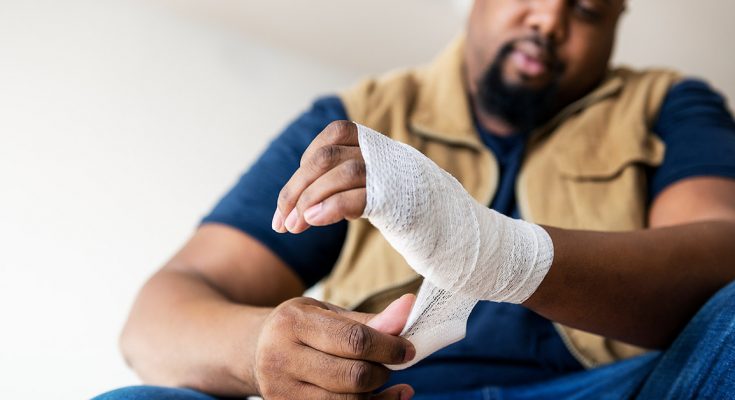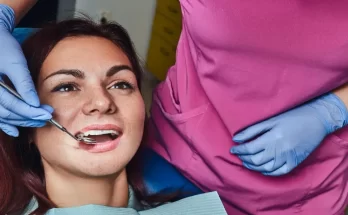Who has not ever needed a bandage? A sprained ankle, a knee bandaged from a ligament injury or affected kneecap, a head injury, or even a burn or wound.
The bandage is a very recurrent technique in injuries that we can suffer from day to day or when we practice sports. In health care, its use is recommended to ensure the stability of joints such as the wrists, ankles, and knees, for example, and avoid infections due to unwanted exposures in wounds and burns.
When talking about bandages, different types can be distinguished, depending on the area in which it is applied and the type of injury or damage.
Recommended Considerations
1) Hygiene Is Essential
The hands of the person applying the bandage must be clean. Therefore, they must be washed before and after to eliminate the possibility of contamination just like medication sterilization containers.
2) Gather the Necessary Supplies
Choose the right material for the type of bandage, you are going to apply. You will need a bandage (gauze, cohesive, elastic, and neuromuscular), tape, scissors, or a shark cut bandages.
3) First from the Left
Maybe you have never stopped to think about it, and it may even be surprised when you become aware, but you have to know that the bandages must be started from left to right.
4) Watch Out For Pressure
The bandages must be applied with the appropriate pressure to maintain adequate circulation and avoid problems in the affected area. A bandage cannot be loose, nor can it be excessively tight.
5) Allow Mobility
If a bandage hurts, it is not well done. The bandages have to allow the mobility of the parts not affected by the injury. If it restricts your mobility, it is a good idea to check it.
Types Of Bandages
When talking about bandages, you can distinguish, for example, the circular, the spiral, the inverse, the crossed in 8, and the capeline bandage. Next, we briefly explain these five types of bandages:
1) Circular
The circular bandage consists of giving a complete turn of the bandage on itself. In a bandage that can appear complementing other types of bandages.
2) Spiral
This type of bandage is often used on the extremities. The bandage has to go around the limb. In this case, the bandage covers only two-thirds of the initial round.
3) Inverse
This technique is done by folding the bandage back on itself, using the thumb or index finger to guide it where it is folded. It is usually used in extremities.
4) Crossed In 8
Used in joints such as the wrist, elbow, knee, or ankle. The joint should be slightly flexed, and two circular bandages should be made in the center. The eighth thing comes because, with the bandage, there are crossed turns that form said number. To finish it, two circular turns are repeated in the center.
5) Capelina
It is the type of bandage used for head injuries and can be applied with a single bandage or two.




